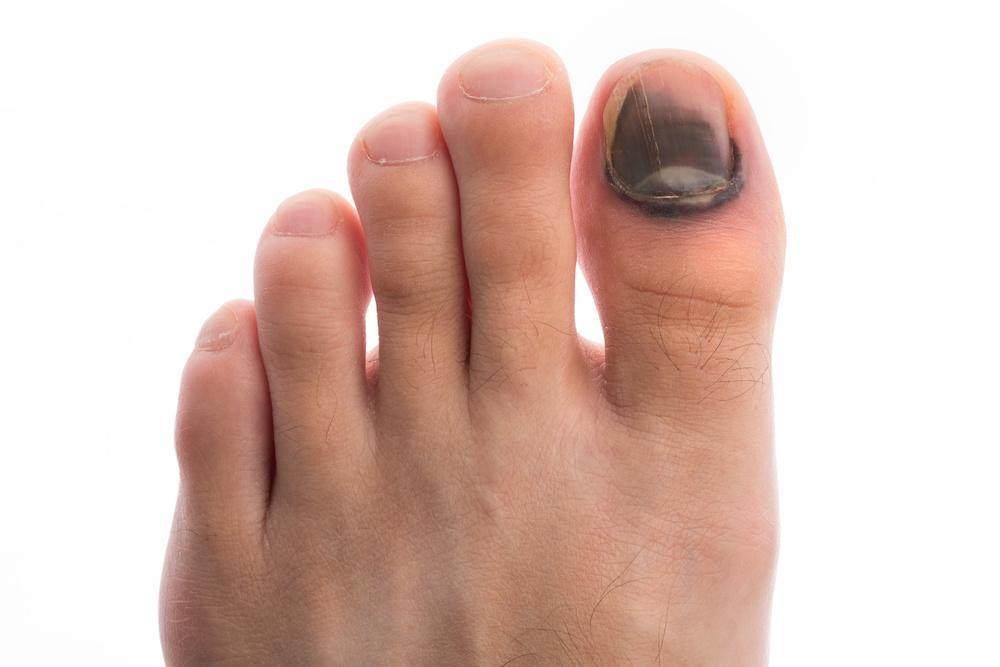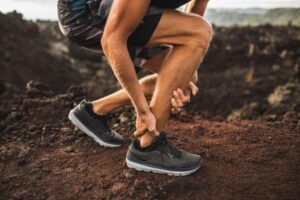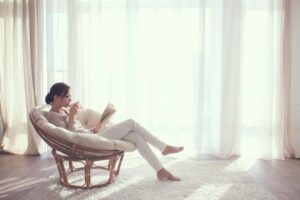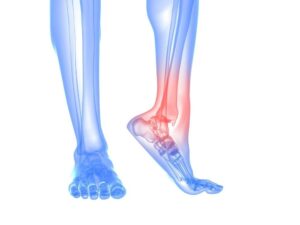5 Common Mistakes Runners Make That Damage Their Toenails

When you’re running to stay healthy and in shape, it can be a shock when the act of running itself causes injuries and physical problems. One of the most common injuries runners experience is painful, black, or blistering toenails.
Although running toenail damage can be extremely painful, according to Ryan Golub, DPM, a board-qualified podiatrist from Arizona Foot Health in Phoenix, Arizona, preventing and treating these issues is usually straightforward. Keep reading to learn the most common ways runners damage their toenails, and how to stop hurting your toenails when you run.
The link between common running mistakes and toenail injuries
For many runners, especially those who run longer distances, toenail injuries can feel like a part of life. You might even have assumed that losing, injuring, breaking, or discoloration of your toenails is just a part of being a runner.
In reality, running doesn’t need to lead to temporary or permanent toe damage. Running toenail injuries are very treatable, but the best medicine is to prevent them altogether.
If you make any of these mistakes, you might have damaged toenails or be putting yourself at risk for damaging your toenails.
1. Wearing the wrong footwear
Perhaps the most frequent reason runners end up with toenail injuries is wearing shoes that don’t work for their feet. To minimize risk of toe injury, you need shoes that leave enough space for your toes to move but aren’t so loose your foot slides around in them.
You also need to make sure you properly lace up your running shoes to keep the correct fit. If you’re not sure what running shoes work best for you, Dr. Golub or a specialty running store can help you choose a pair suitable for running and your foot size and shape.
2. Running without proper shock absorption
It’s important your running shoe properly absorbs shock on the bottom of your foot, especially in the toe area. Your feet have significant pressure put on them when you run, which can lead to toenail injuries and foot and ankle pain without the right equipment.
Often, the best shock absorption for shoes are custom orthotics, which Dr. Golub measures and fits especially for the needs of your feet. Orthotics help make running more comfortable and prevent toenail problems.
3. Cutting your toenails improperly
To prevent toenail injuries while running and in everyday life, ensure you carefully trim your toenails regularly and straight across your toe. Letting your toenails grow too long or cutting them incorrectly increases your risk of getting an ingrown toenail or other toe infection while you run.
4. Wearing socks that are too thin
A thicker sock designed for running helps absorb shock in your feet and helps a bigger shoe fit snugly. Thicker socks help keep moisture from sweat feet from reaching your toes, which helps prevent infections, and reduces the friction your toes experience.
5. Not treating injuries immediately
If you postpone treating running toenail injuries, you run the risk of your injuries getting worse, causing a serious systemic infection throughout your body, or the injury recurring. When you notice any problems with your toenails, make an appointment at Arizona Foot Health, P.C. for immediate treatment.
Managing and treating running toenail injuries
At your appointment, Dr. Golub diagnoses the cause of your running toenail injury and treats the issue. This can involve assessing your running shoes and asking you questions about your running habits.
Your toenail treatment depends on the type of injury. Dr. Golub prescribes antibiotics to treat any infections, carefully trims and resolves ingrown toenails, and often recommends resting your foot until any injuries are healed.
Dr. Golub also recommends preventative measures to ensure you don’t get any further toenail injuries from running, including custom orthotics, new footwear, and wearing specific socks and other support.’
If you’re experiencing toenail damage from running, it’s time to stop the cycle and find solutions. For immediate treatment and individualized care, make your appointment online or by calling Arizona Foot Health.
You Might Also Enjoy...
The Achilles Heel
Given Arizona’s climate, patients are able to remain active year round. It’s why we all chose to live here. But…
Alleviating Back Pain and Other Benefits of Custom Orthotics You Didn’t Know About
Would you ever imagine that custom foot orthotics could improve your quality of life? That’s what many people say after…
9 Helpful Tips to Prepare Your Home Before Bunion Surgery
When moderate interventions, such as wearing wider shoes or using pads in your shoes, fail to ease your bunion pain…
When Should You Go to the Doctor for an Ingrown Toenail?
In most cases, you can nurse an ingrown toenail at home with over-the-counter pain medication, topical antibiotic creams, and soaking…
6 Home Exercises to Keep Your Ankles Strong
Ankles that feel wobbly and weak are vulnerable to injury. If you play sports, run, jump, or just walk often,…
Is Surgery My Best Option For Treating Bunions?
You have a bunion and it isn’t pretty, but if your bunion is small enough, or doesn’t hurt, you may…






